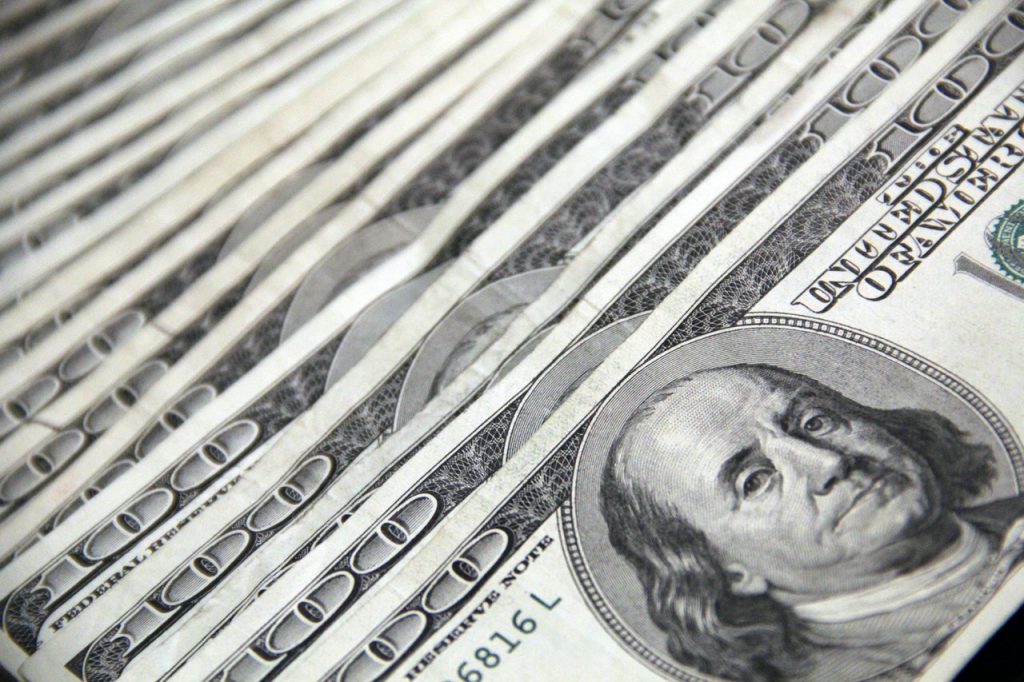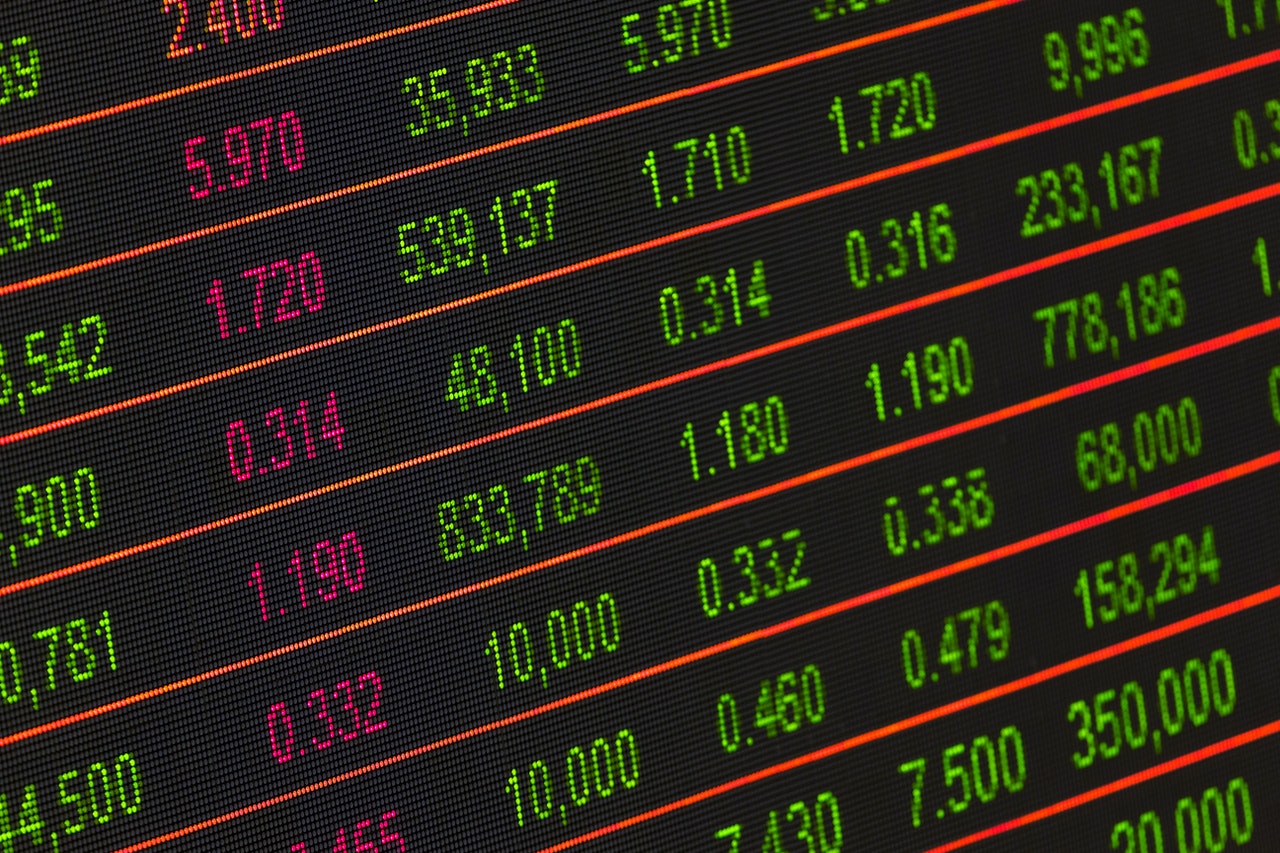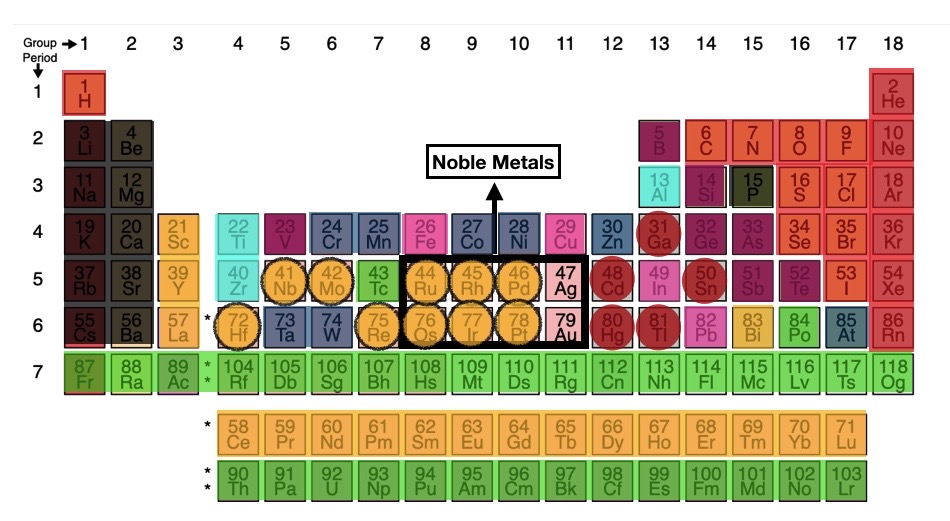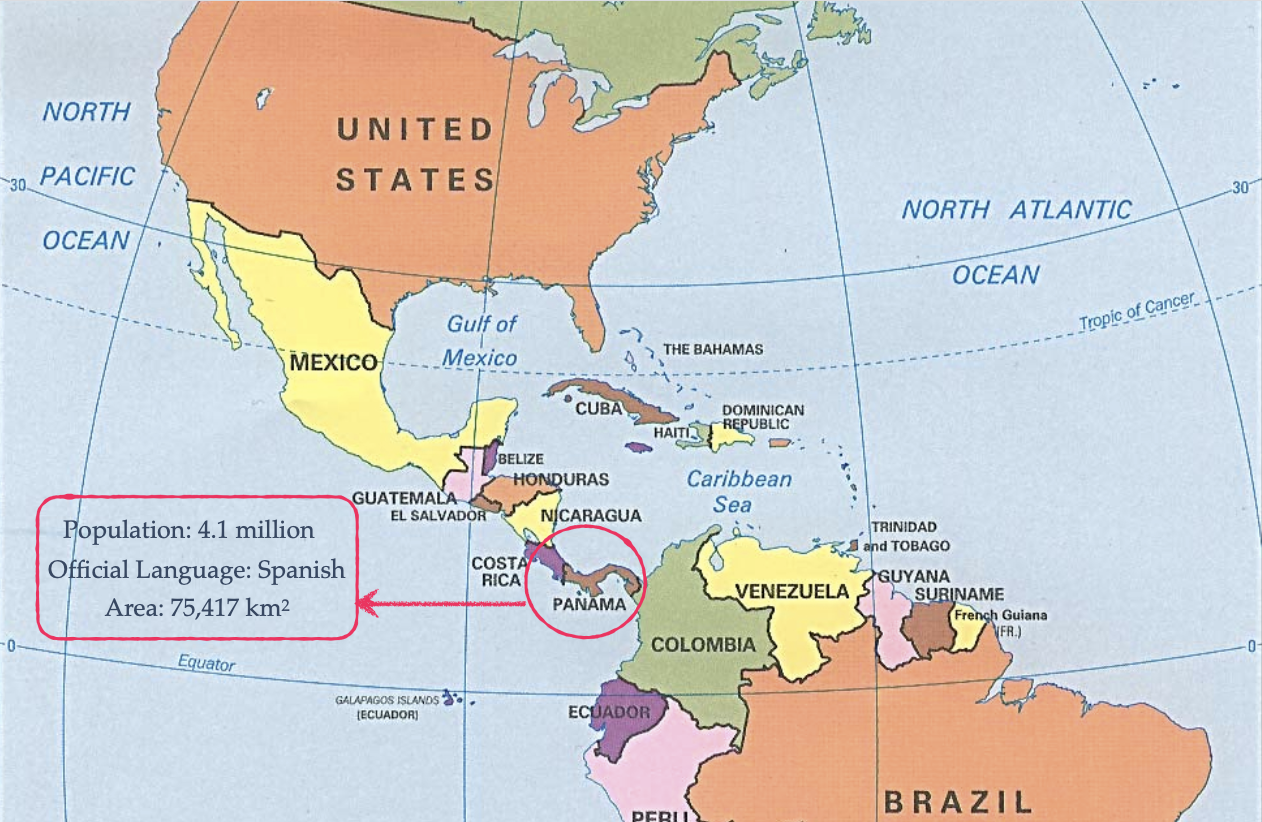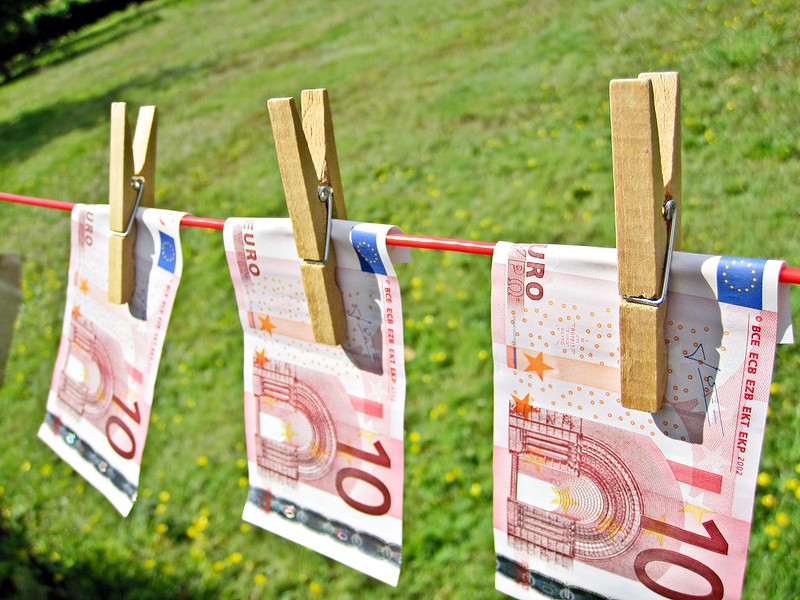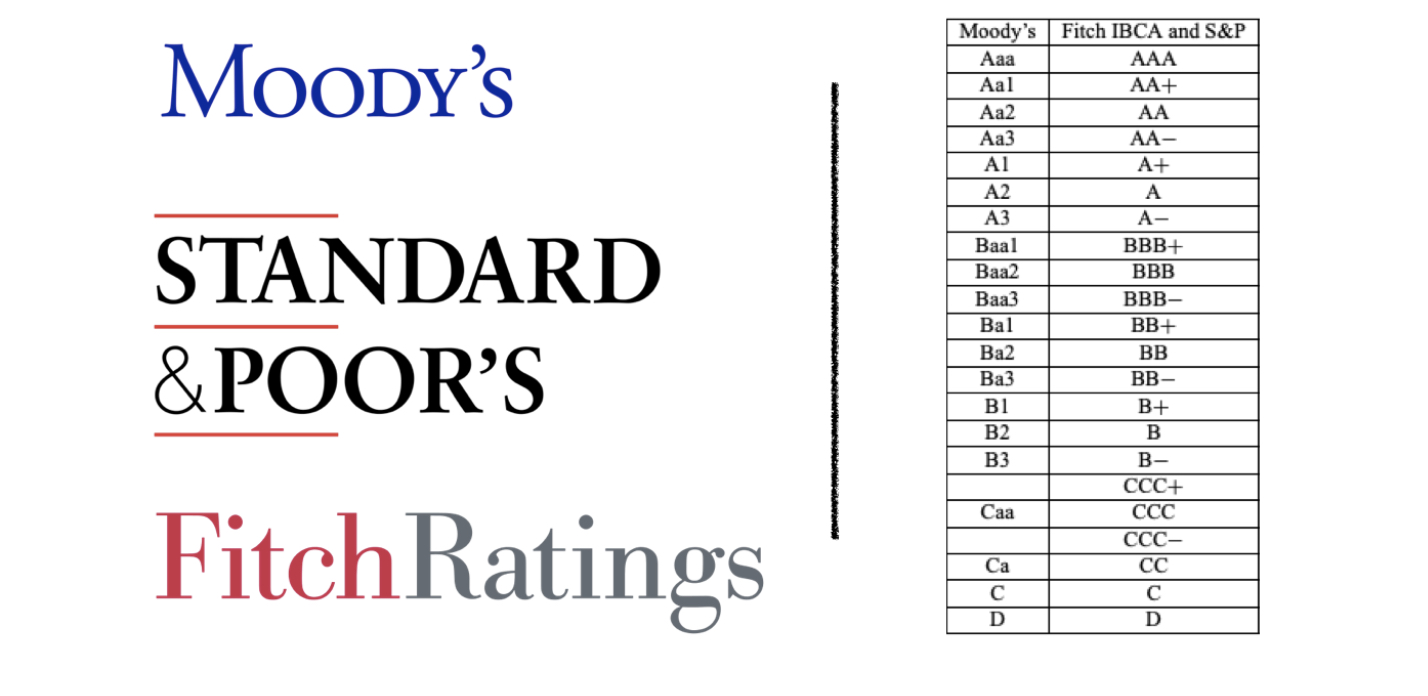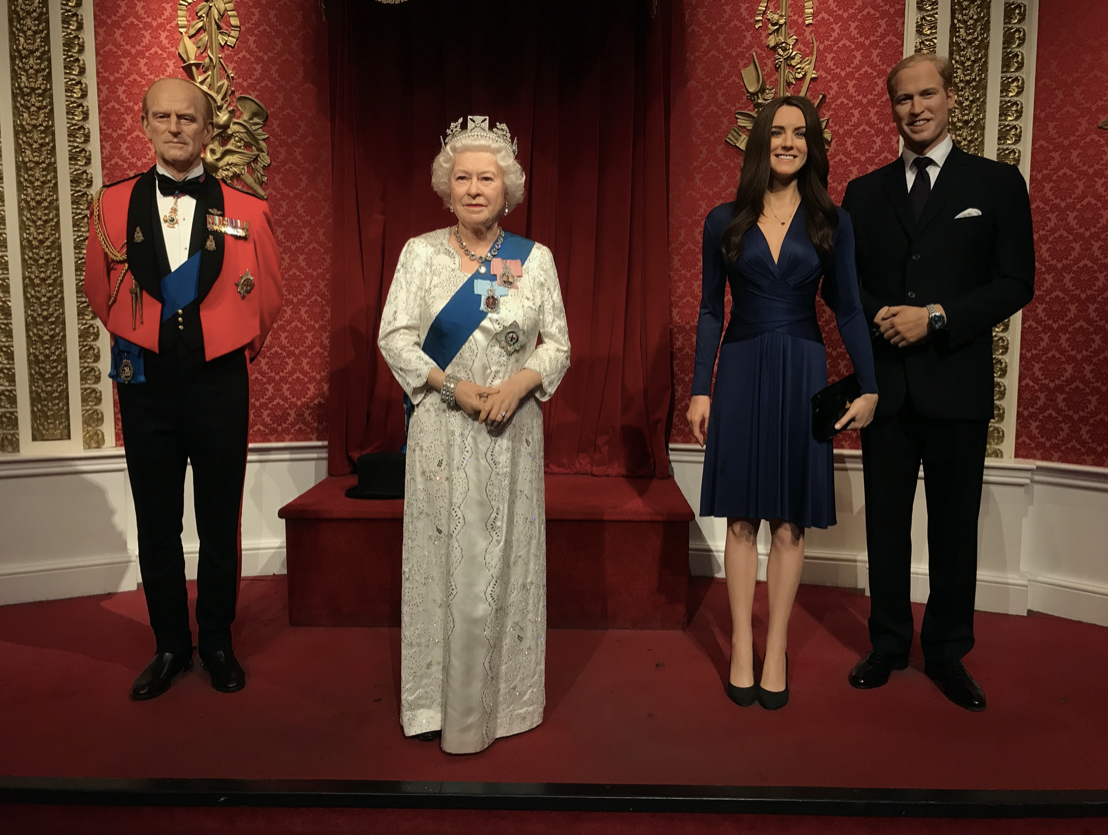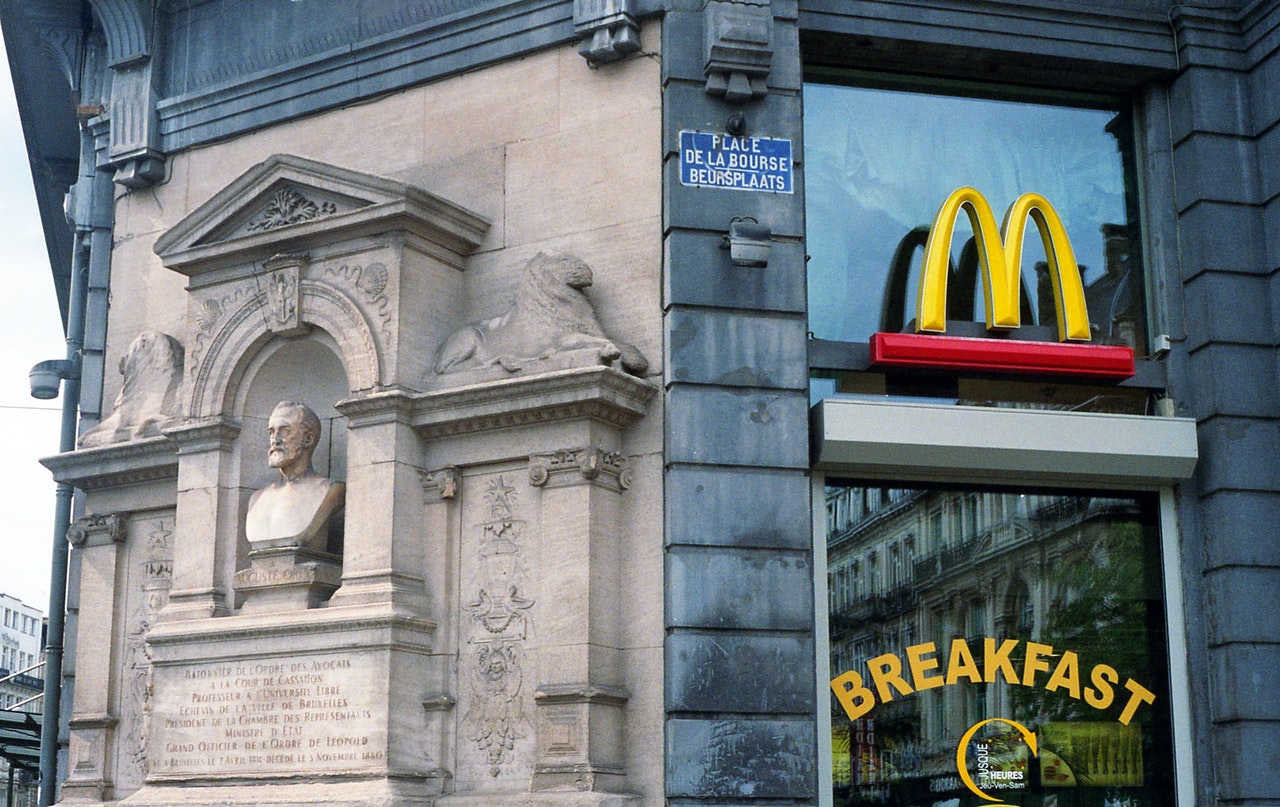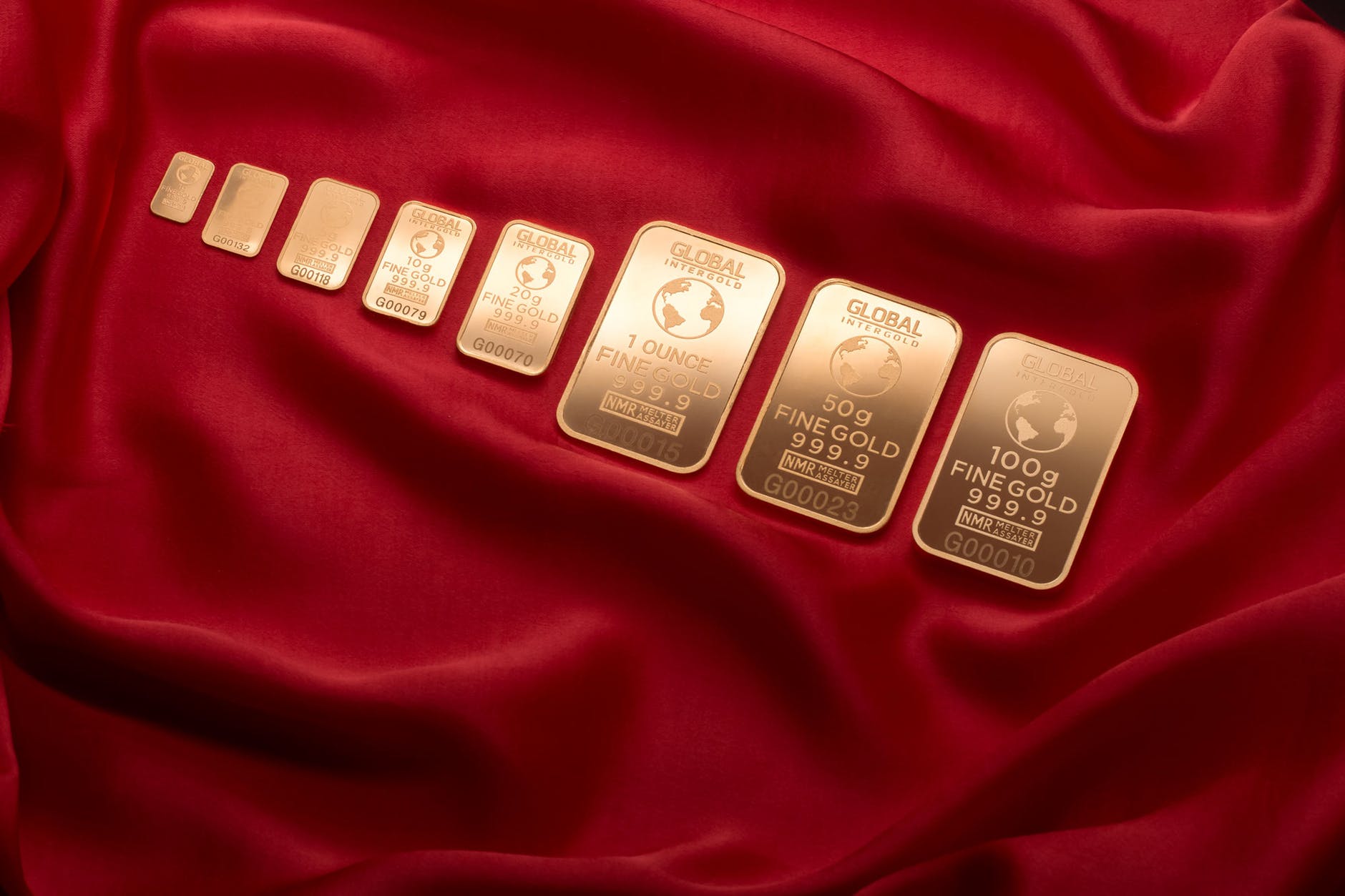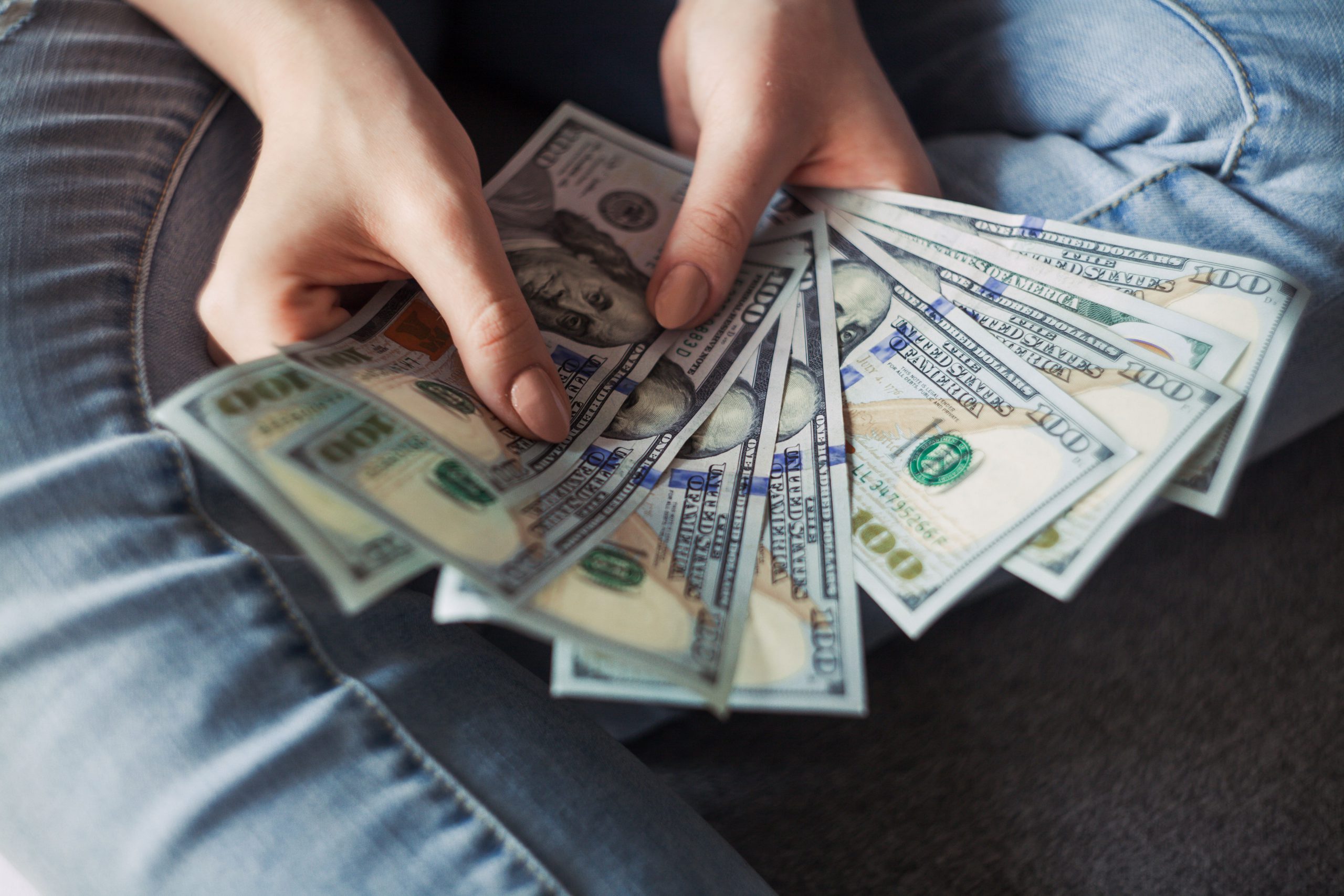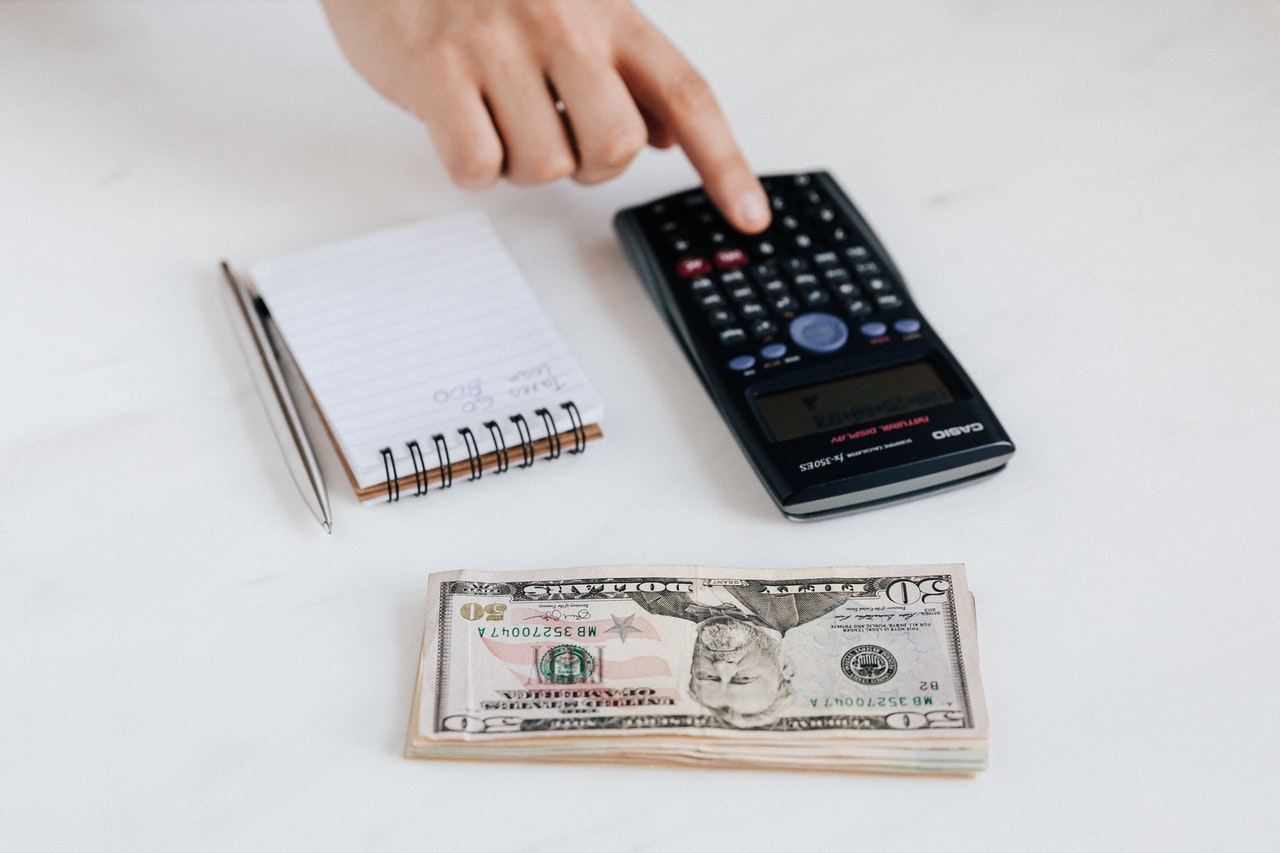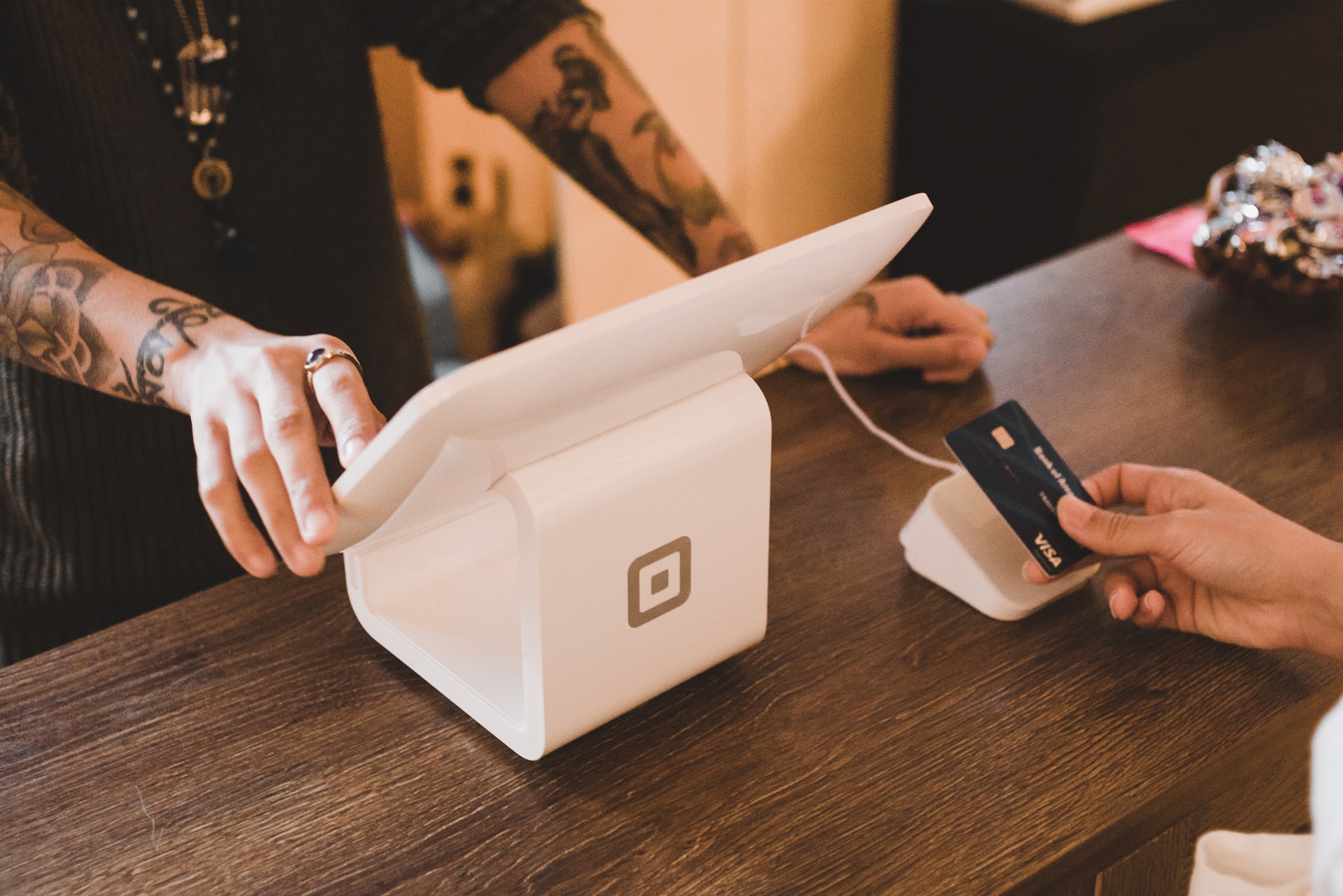Reading Time: 2 minutes
- Reason 1: Most central banks have plenty of it.
- Each country’s central bank e.g. RBI in India, RBA in Australia, keep some foreign currencies in their reserves; these are called foreign exchange reserves.
- They do so because a lot of imports are bought in foreign currencies and to protect their currency from too much devaluation because if a currency is devaluing, the central bank can sell foreign reserves in forex market & buy its own currency, thereby, reducing its supply and thus stabilising the exchange rate.
- E.g. let’s say 1AU$ goes down to US$0.5 (from US$0.68); RBA can go to forex market and sell US$50,000 and pull out of market AU$100,000, creating a shortage of AU$ & supply of US$; now people who need AU$ would be ready to pay a higher value per AU$, thus stabilising* its exchange rate.
- As per 2019 data, US dollar makes up over 60% of all known central banks’ foreign exchange reserves; this is so because US$ is the most traded currency & it is easy to sell it in the forex market.
- If 60% of our assets are in a particular currency, we would very well want to be updated on how this currency is performing in the market.
- Reason 2: US is the biggest importer in the world.
- When an export company sells to the US, it receives money in US$.
- The exporter’s local bank exchanges US$ and gives local currency to the exporter; the local bank then exchanges these US$ with the central bank for local currency.
- US is the leading importer (13% of world imports) in the world i.e. a lot of countries export to the US and get paid in US$.
- When Country X exports huge numbers and at regular intervals to the US, it doesn’t want too much fluctuation in the exchange rate with US$.
- So the central bank of Country X would pay the exporters/local banks a fixed amount of its currency in exchange of US$; this is called pegging of a currency to US$.
- To peg to the US$, Country X needs to be constantly informed of the price of US$ and needs to have lots of US$ in its reserve to deploy strategies covered in Point 3 & 4 above.
- There are more than 60 countries, which either peg their currencies to US dollar or use/accept US dollar as legal currency.
- That is why US Dollar is accepted for trade across most countries and it also explains why the media across most markets gives a comparison of the local currency with the US$.
Also Read:
How the world moved out of gold-pegged currencies?
Image courtesy of John Guccione through Pexels
Reference shelf :

